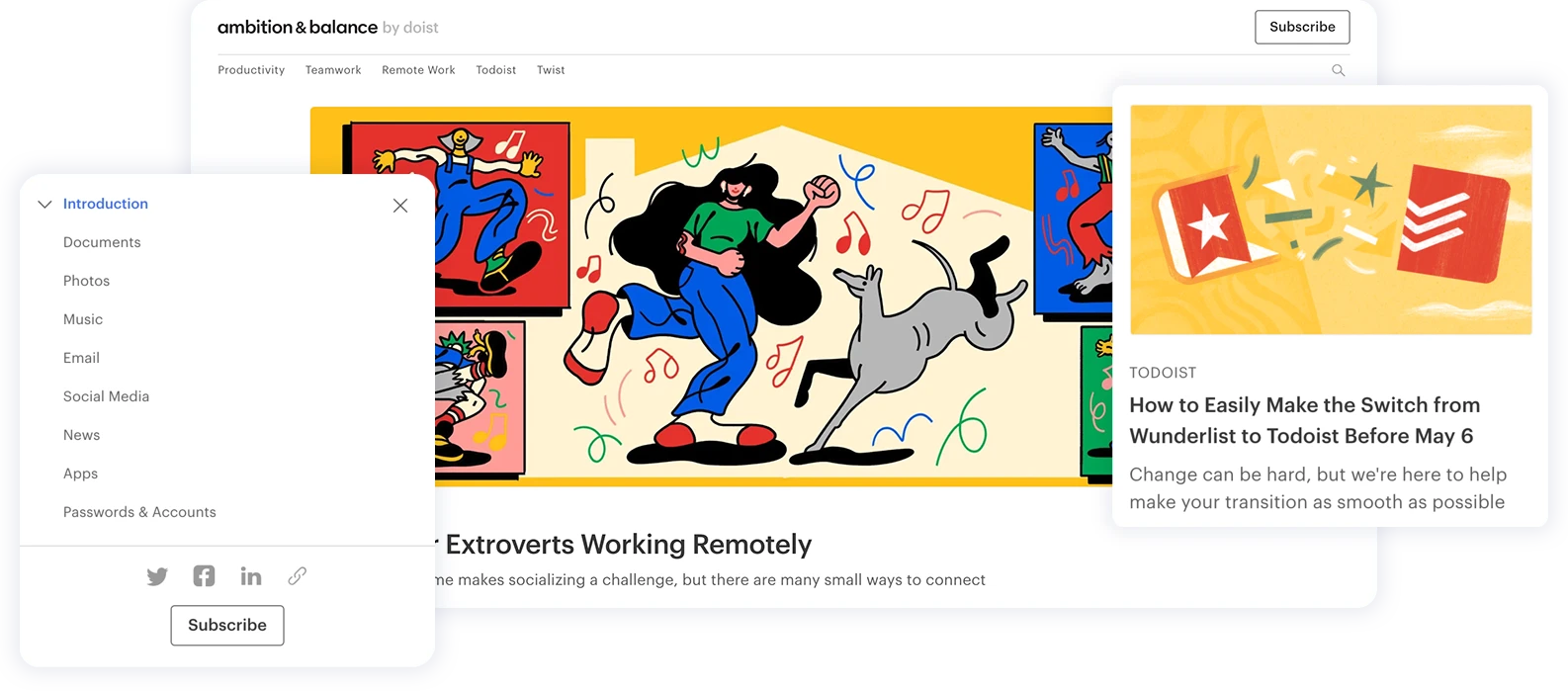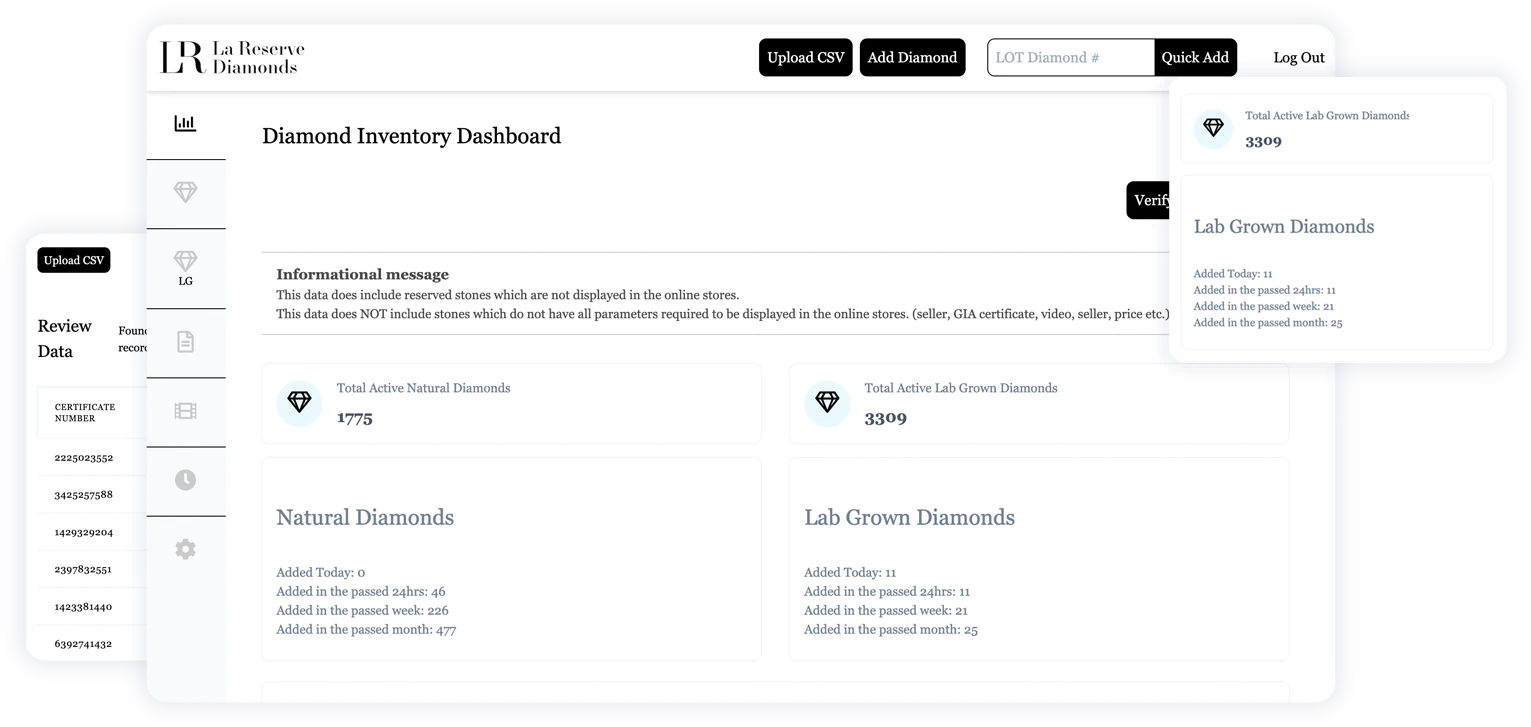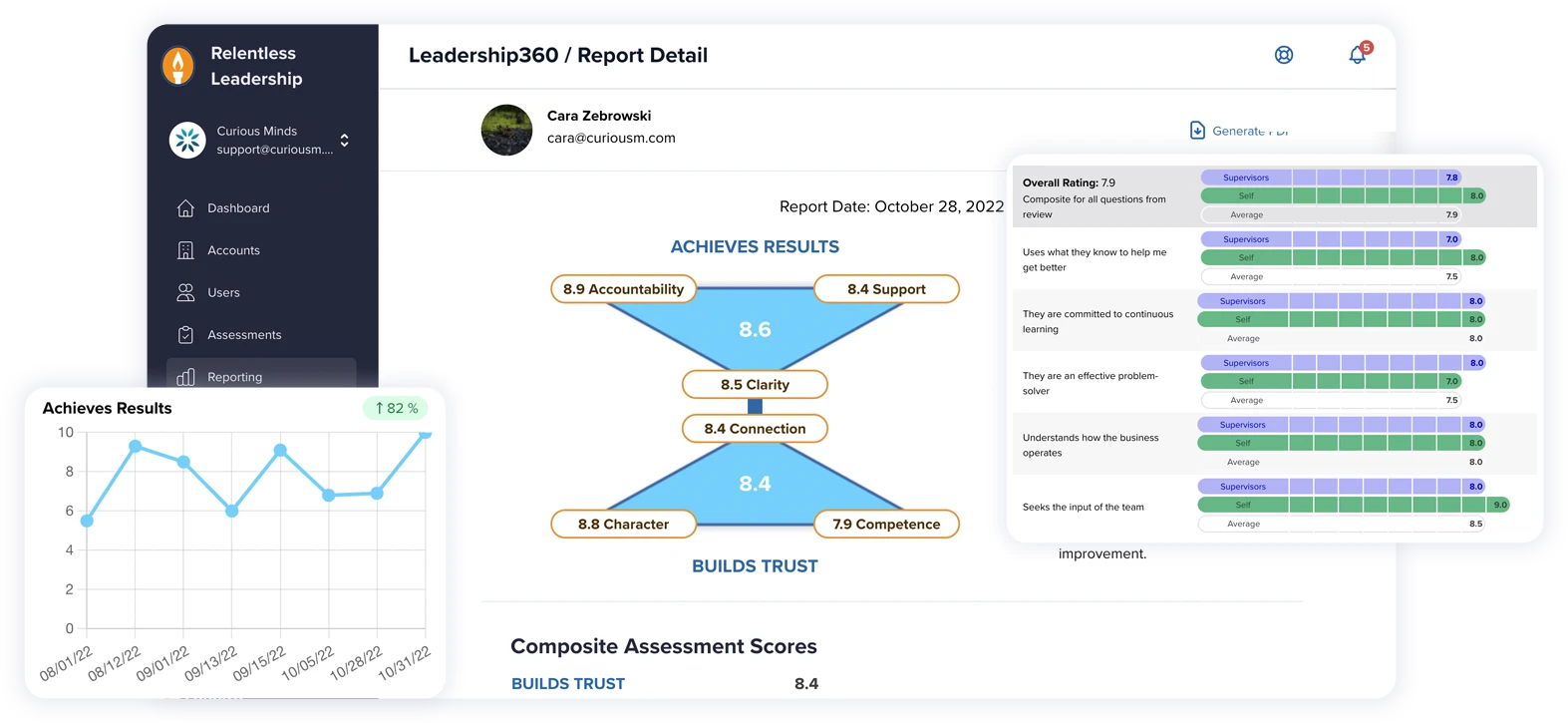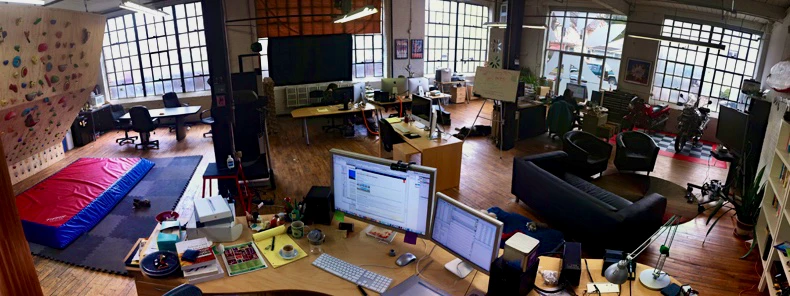Ever wondered what makes Shopify tick? You're not alone. What's the programming language that powers this digital stage for businesses? In this article, we'll reveal the technology behind Shopify's success. It's more than just an ecommerce platform; it's where businesses showcase products and services with the help of programming languages.
What Programming Language is Shopify Built On?
Shopify's primary programming language is Liquid. It's not a beverage but a templating language designed by Shopify to enhance your online store. Liquid empowers you to shape your website according to your vision, offering endless possibilities.
But why Liquid, you might wonder? It's not just a catchy name. Liquid is what makes your Shopify store stand out. It's the key to customization, enabling you to tweak your store's appearance and layout to match your brand's identity. With Liquid, every Shopify store can have its unique style and personality.
Liquid's Syntax and Structure
Now, let's explore Liquid's syntax and structure. In Liquid, curly brackets {} and percentage signs % are your essential coding tools. They guide you on where to begin and end your code.
Liquid is a dynamic and flexible language, allowing real-time changes to your online store's content, layout, and some behaviors. It's user-friendly and designed for accessibility, even if you're not a coding expert. Liquid's syntax is clean and straightforward, making it easy to grasp.
Whether you're an experienced developer fine-tuning your store or a newcomer making your mark, Liquid is your reliable companion in the Shopify universe.
The Role of Ruby on Rails
Now, let's talk about Ruby on Rails, or simply Rails, in the Shopify world. Ruby on Rails is the powerhouse behind the scenes. If Liquid is the face of your store, Rails is the engine that keeps it running smoothly.
Rails follows a philosophy called 'convention over configuration,' meaning it handles many decisions for you. It's like having a personal assistant taking care of the nitty-gritty tasks, from managing databases to handling HTTP requests.
But it's not just about convenience; it's about speed. Ruby on Rails is the unsung hero behind Shopify's rapid development and seamless scalability. It works tirelessly to ensure your store operates flawlessly.
How Liquid and Ruby on Rails Interact
Now, let's see how Liquid and Rails work together in Shopify. Think of your Shopify store as a well-coordinated dance performance. Liquid is the graceful dancer, captivating the audience with its fluid movements, while Ruby on Rails plays the role of the conductor, orchestrating the entire show.
When you're in the Liquid zone, curly brackets {} and percentage signs % act as your choreography notes, guiding your code's steps. They're essential for tasks like displaying product details or updating the shopping cart.
Ruby on Rails operates backstage, ensuring a seamless performance. When a customer clicks 'buy,' Rails springs into action, handling data, transactions, and inventory. Liquid then presents this data elegantly on your store's front-end.
This perfect blend of Liquid's visual finesse and Rails' backend expertise creates the enchanting Shopify experience.
HTML, CSS, and JavaScript in Shopify
Now, let's shift our focus to HTML, CSS, and JavaScript, the backstage crew that keeps Shopify running smoothly.
HTML (Hypertext Markup Language) is the structural framework. It defines headings, paragraphs, and images, holding everything together.
CSS (Cascading Style Sheets) makes your store visually appealing with colors, fonts, and layouts that match your brand.
JavaScript adds interactivity with features like image sliders, pop-up windows, and interactive forms. It transforms a static webpage into a dynamic, user-friendly experience.
These three, HTML, CSS, and JavaScript, form a dynamic trio that enhances your Shopify store's functionality and appearance, making it engaging and visually stunning.
Shopify's Tech Stack: Liquid and Ruby on Rails
Now that we're familiar with Liquid and Ruby on Rails, let's explore how they team up to power Shopify's technology. Think of them as a dynamic duo, each with its unique strengths, working in perfect harmony.
Liquid is Shopify's templating language, responsible for shaping your store's look and feel. It lets you customize your store's appearance to match your brand, creating a visual masterpiece for your customers.
On the flip side, Ruby on Rails is Shopify's backbone. It handles heavy-duty tasks like managing databases, processing orders, and ensuring store security. Rails is the reliable workhorse that ensures a seamless shopping experience.
The real magic happens when Liquid and Rails join forces. Liquid creates a visually appealing store interface, while Rails manages complex operations in the background. It's a symphony of technology resulting in a user-friendly, high-performance ecommerce platform.
Is Shopify Built on PHP?
Let's clear up a common misconception—Shopify isn't built on PHP. While PHP is versatile and used in many web apps, Shopify took a different route.
Shopify chose Ruby on Rails and Liquid for flexibility and control. Ruby on Rails offers a robust framework for scalable ecommerce solutions, and Liquid makes creating unique storefronts a breeze.
So, if you thought Shopify was PHP-based, think again. It's powered by a mix of Ruby, Liquid, and other tech, making it an ecommerce powerhouse.
Does Shopify Require Coding?
Now, let's answer a burning question for potential Shopify users: Do you need coding skills for Shopify? Surprisingly, no.
Shopify is built to be user-friendly. You can set up a basic store without any coding expertise. It offers tools and templates to create a functional online store without coding.
But if you want custom features or design tweaks, knowing a bit of HTML and CSS helps. These basics allow you to make specific changes.
Shopify knows not everyone's a coding pro, so they provide tutorials and community support. Even if you're new to coding, you can learn and grow with Shopify's help.
Shopify's Adoption of Rust
Now, let's talk about Shopify adopting Rust. Rust is a newcomer in the programming world, but it's making waves for its speed and performance.
Shopify is adding Rust to its tech toolbox for tasks that need extra speed and efficiency. Rust is known for being reliable and fast, which is a big boost to Shopify's already strong platform.
Rust's focus on safety and error prevention fits Shopify's goal of a secure shopping experience.
While Liquid, Ruby on Rails, HTML, CSS, and JavaScript still have vital roles, Rust takes things up a notch in certain areas, making Shopify even better.
As Shopify grows, Rust shows its commitment to top-notch technology and staying a leader in ecommerce.
Popular Languages for Shopify App Development
When it comes to making apps for Shopify, you've got choices. While Liquid and Ruby on Rails are at the heart of Shopify, app creators can use different languages to make cool Shopify apps.
Two top picks for Shopify app-making are Ruby and Python. They both have official tools and lots of features to make powerful Shopify apps.
Ruby has a fancy, easy-to-read style, and since Shopify uses it too, it's a smooth fit. Whether you want to add loyalty programs, social media stuff, or smart analytics, Ruby's got you.
On the other hand, Python is super versatile with tons of tools. It's great for data crunching, machine learning, or complex stuff. Python's big ecosystem means you can make fancy apps for all kinds of stores.
So, pick Ruby or Python based on what your app needs. Either way, you're set to make awesome Shopify apps.
Building Ecommerce Websites on Shopify
Shopify isn't just an online store; it's a complete solution for growing your online business. Whether you're new to ecommerce or a seasoned brand, Shopify has you covered.
With Shopify, you can design your store, add products, handle payments, and manage inventory effortlessly. It also provides tools to track sales, understand your customers, and enhance your marketing.
One remarkable thing about Shopify is its scalability. Whether you're starting small or already a big player, Shopify can adapt to your needs. As your business grows, you can easily upgrade your plan and access more resources.
Choosing Shopify means you're not just picking a platform; you're embarking on a successful ecommerce journey with all the support you'll ever need.
Curious Minds Media: Your Shopify Experts
Now that you've got the lowdown on Shopify's tech side, you might be thinking, 'Where can I get some help?' Well, that's where Curious Minds Media comes in.
Curious Minds Media knows their stuff when it comes to Shopify custom web design and development. We've got years of experience and a team of pros who are all set to help you out.
Whether you need fancy themes that match your brand or high-tech apps to supercharge your store, we've got you covered.
We're masters of Liquid, Ruby, and all the front-end magic, making them your one-stop shop for all things Shopify. Whether you're a small business aiming for a sleek online look or a big player with fancy needs, Curious Minds Media can turn your Shopify dreams into reality.
With our support, you can sail through the e-commerce world knowing your Shopify store is in good hands.


















